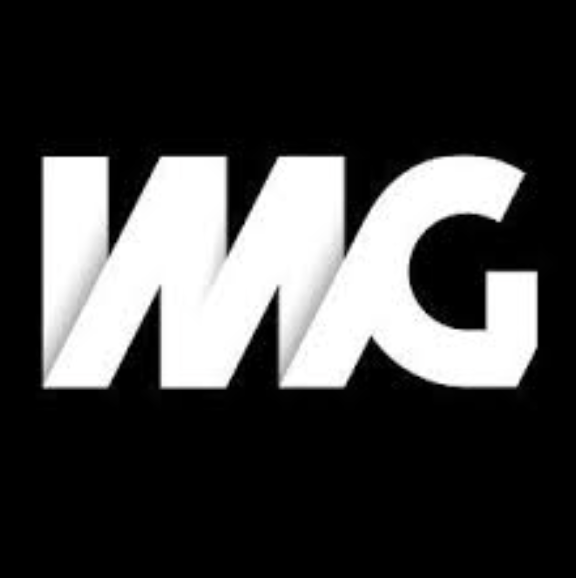
When I first began my career in sales, the phone book and landline were our most important tools. Now, we have dozens of solutions at our fingertips just to see who viewed an email.
Over the years, technology’s progress promised efficiency, but it also added complexity. At B2B companies, the average marketing tech stack consists of a whopping 90 tools. Yet over half (59%) of marketers say that their stack is only “somewhat successful.”
This is concerning. And one of the specific problem areas—with great potential to impact the bottom line—is customer acquisition.
Overloaded With Tools, Overwhelmed by Data
Customers expect you to know them not just as buyers, but as people, so that you can deliver the hyper-personalized experiences they expect. The problem isn’t that we don’t have enough data to achieve this deep understanding, but rather we have so much that it’s become increasingly complex to connect the dots.
When you have dozens of tools that don’t talk to each other, data becomes siloed and impossible to access for parts of the business that need it. Or it becomes such an undertaking to unlock this data that you must make a significant investment in infrastructure to access and understand it. Not only does this hurt your ability to attract, capture and convert customers, but it also hinders the efficiency and effectiveness of your go-to-market efforts. Incomplete data can increase the time it takes to engage customers, and result in poorly-routed leads, generic content and failure to reach buyers at the most optimal touchpoints.
But what these serious consequences point to is serious opportunity. By repairing your acquisition stack, you can see benefits across metrics like customer acquisition cost, conversion rate and close rate.
The Path to a Better Stack
If you suspect your customer acquisition tech stack isn’t serving you as well as it could be, begin by asking yourself these questions to get started on the path to building a stack that works.
Question 1: Are you happy with your individual tools?
This is a simple yet important starting point. If the answer is “no,” ask yourself why. Perhaps a broken stack is not to blame. Have you invested the time into learning how to use the tool? Even the best tools are rendered useless when you don’t know how to leverage them. If the tool is indeed at fault, you must be willing to make changes. It can be daunting because of sunk costs, but in the case of your stack, the whole will only be as great as the sum of the parts.
Question 2: Does this tool’s function exist elsewhere in my tech stack?
Removing redundant solutions is a simple way to streamline your stack. While this may seem like an easy win, it can be a double-edged sword when two tools can technically do the same thing, but one may have rudimentary capabilities compared to the other. This is especially true as it pertains to customer-facing tools.
Before taking action, make sure to dig deeper to fully understand the capabilities and how they impact the customer experience. Because even if it creates some redundancy, prioritizing the customer experience is paramount. There are other ways to streamline your stack.
Question 3: Does this tool make my other tools better?
Can you collect additional insights, represent business in a certain way or try different experiments without jeopardizing existing infrastructure? If so, this tool is a keeper. An example would be a tool that not only captures data but has the capability to enrich it with other data sources across tools. Because it’s not just about having the right tool, but also selecting tools that play nicely with your other tools and teams.
Ask follow-up questions to better understand how the tool impacts your internal team’s experience. Many times, having to cobble together tools creates missing links, and you find the “hand isn’t talking to the foot.” Look for strong, native integrations that make it easy to build and maintain.
Question 4: Is this tool a multitasker?
Finally, determine if your sales team or success team could leverage this tool. If the other revenue teams that manage different stages of the funnel use and find value from this tool either by extracting the data from it or using it as a tool themselves, then it could be worth maintaining.
Every marketing organization’s tech stack is unique and built for a reason, so there isn’t a one-size-fits-all solution to refining one. These questions are a starting point that you should consider as you begin to build a stack that works best for you.
By taking these steps, you can transform your tech stack from a tangled rat’s nest of tooling into a cohesive, powerful engine that drives customer acquisition and revenue growth. Embrace the opportunity to streamline, integrate and optimize—your teams, your customers and your bottom line will thank you.
Kristen Habacht is Chief Revenue Officer at Typeform.




